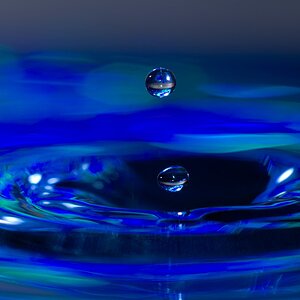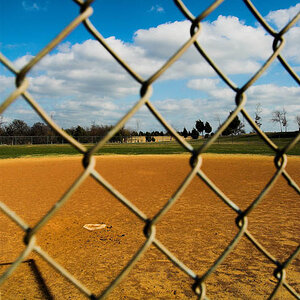David_Senesac
TPF Noob!
Constructive wavelength interference iridescence of sunlight on surf foam bubble thin film and bubble dome magnified pebbles, San Mateo County, California.
(full image size 2400x1800 pixels)

(full image size 3000x2300 pixels)

For more seashore close-up digital images:
http://www.davidsenesac.com/slideshows/wflwr_coast/seashore_cu_slidesh.html
(full image size 2400x1800 pixels)

(full image size 3000x2300 pixels)

For more seashore close-up digital images:
http://www.davidsenesac.com/slideshows/wflwr_coast/seashore_cu_slidesh.html





![[No title]](/data/xfmg/thumbnail/32/32701-51bacbc6ea9d40683123c14f053d4742.jpg?1619735603)
![[No title]](/data/xfmg/thumbnail/32/32176-48b4ba2fc0e35afa267c5882154e7620.jpg?1619735235)





![[No title]](/data/xfmg/thumbnail/41/41902-e45a2db116295062060b22cde75818ed.jpg?1619739939)
![[No title]](/data/xfmg/thumbnail/37/37114-2bba6b6cc4df1fe53588503fb35af8dd.jpg?1619737883)